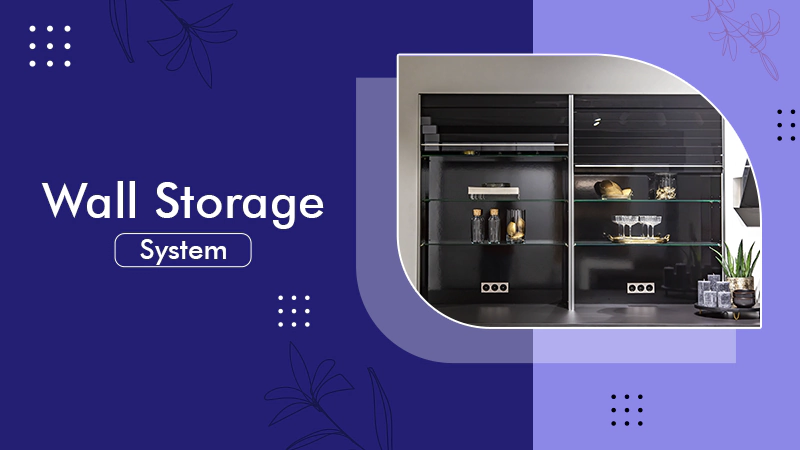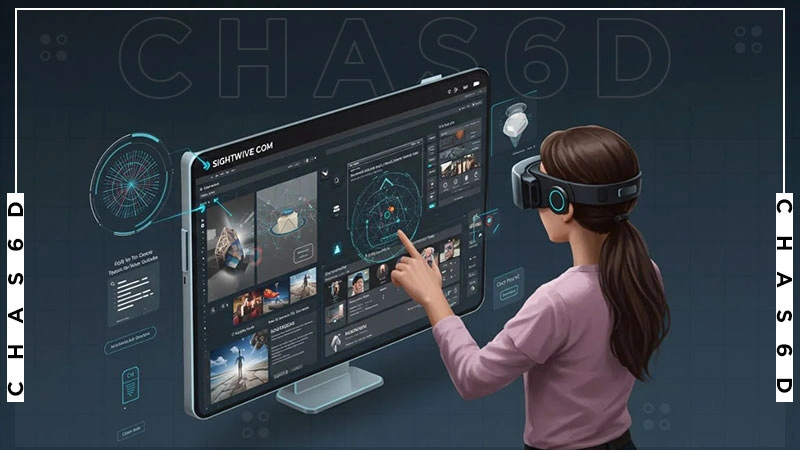Did you know that the global barcode reader market is projected to reach $13.3 billion by 2032? This shows the growing demand for reliable and efficient barcode scanning solutions.
In today’s fast-moving world, barcode readers are used everywhere. Retail stores use them to scan products at checkout. Shipping companies use them to track packages.
These devices run on advanced software. The programming language used to build barcode readers matters. Here are the best programming languages for developing barcode readers today.
Java
Java is a popular language for developing barcode readers because it works on many systems. This is thanks to its “Write Once, Run Anywhere” feature, which allows code to run across different platforms. It’s a great choice for cross-platform applications.
Java offers many useful tools and libraries. For example, ZXing makes it easier to create and read barcodes. These tools help speed up the development process.
Another strength of Java is its strong community support. Developers can easily find guides, examples, and solutions online. This makes problem-solving and learning much easier.
C#
C# is a great choice for building barcode reader apps, especially on Windows. It works well with the .NET framework, which offers powerful libraries like ZXing.Net and ImageSharp for image tasks. These tools help make development faster and more efficient.
The language has a clear structure and simple syntax. This allows developers to write clean and reliable code quickly. It’s ideal for creating stable applications.
Moreover, by utilizing the capabilities of .NET MAUI, developers can build cross-platform apps with a .NET MAUI barcode scanner. This enhances their reach across diverse devices.
Python
Python is known for being simple and easy to read. This makes it a popular choice for building barcode readers. Developers can get started quickly with less code.
Libraries like pyzbar and python-barcode make it easy to work with different types of barcodes. These tools help with generating, reading, and editing barcodes. They simplify the development process.
Python also works well with other technologies. It can be added to existing systems without much trouble. Since it’s open-source, it’s a budget-friendly option for startups and small businesses.
JavaScript
JavaScript is widely used for web development and is also useful for building barcode reader apps. It works especially well in web-based environments. This makes it ideal for browser-based scanning tools.
Libraries like QuaggaJS help read barcodes directly on the client side. This reduces the need to send data to a server. As a result, performance and user experience improve.
New tools like WebAssembly have made JavaScript even more powerful. Developers can now run complex barcode-reading tasks right in the browser. This helps create faster and more advanced applications.
The Best Programming Languages for Barcode Readers
Choosing the right programming language is important when building barcode readers. It affects how efficient and scalable your solution will be. Each language offers different strengths for different types of projects.
Java, C#, Python, JavaScript, C++, and Swift all have unique benefits. Consider things like speed, support, and how easily the language fits into your system. Picking the right one can help you build a better, more reliable barcode reader.










